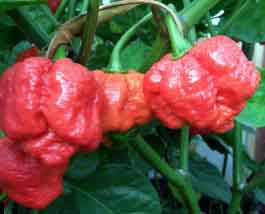Some of the recommendations I found on-line, are laughable. One website suggested rosemary plants indoors should be given a half cup of water every day. Another said that keeping the pot in a saucer of water was the answer. Those folks have obviously never been successful in keeping rosemary indoors (and one site even admitted to consistently failing).
I’ve kept rosemary plants indoors for over 20 years, and often buy one of the pruned rosemary holiday trees at this time of year. Here’s what I have learned that works best.
First and foremost, rosemary is not an indoor plant. It’s an evergreen shrub and has a period of winter dormancy. So if you buy one for an indoor Christmas tree, put it in the coolest room of your house. If that’s not possible, use the tree as a Christmas tree for only about 10 days. During that time, water the plant no more than once, giving it about 1 pint of water and absolutely no fertilizer of any kind. If possible, set it outside on a porch during the daytime, then bring it back indoors for decoration at night. The goal is to keep the plant from breaking dormancy and starting to grow, which is not healthy for the plant in winter.
As soon as the Holidays are over, move the plant to an unheated room, such as a garage or an enclosed back porch. The plant is normally dormant and doesn’t grow during the winter months. Water it only every two weeks, with about 2 cups of water.
The quickest way to kill a rosemary indoors is to keep it in a warm room. The next worst thing you can do is to water it too much. Rosemary is native to the Mediterranean region and you’ll find it growing in the wild in rocky soil, even clinging to the edges of rocky cliffs. Rosemaries are tough, hardy plants, easily grown, provided you observe the precautions about water and temperature.
After I’ve kept the potted rosemary indoors in the unheated room for the winter, around the first of April I take the plant out of its pot and plant it directly in the garden. This has been my successful method, as I said, for over 20 years.
Copyright©Jim Long, 2012






















































